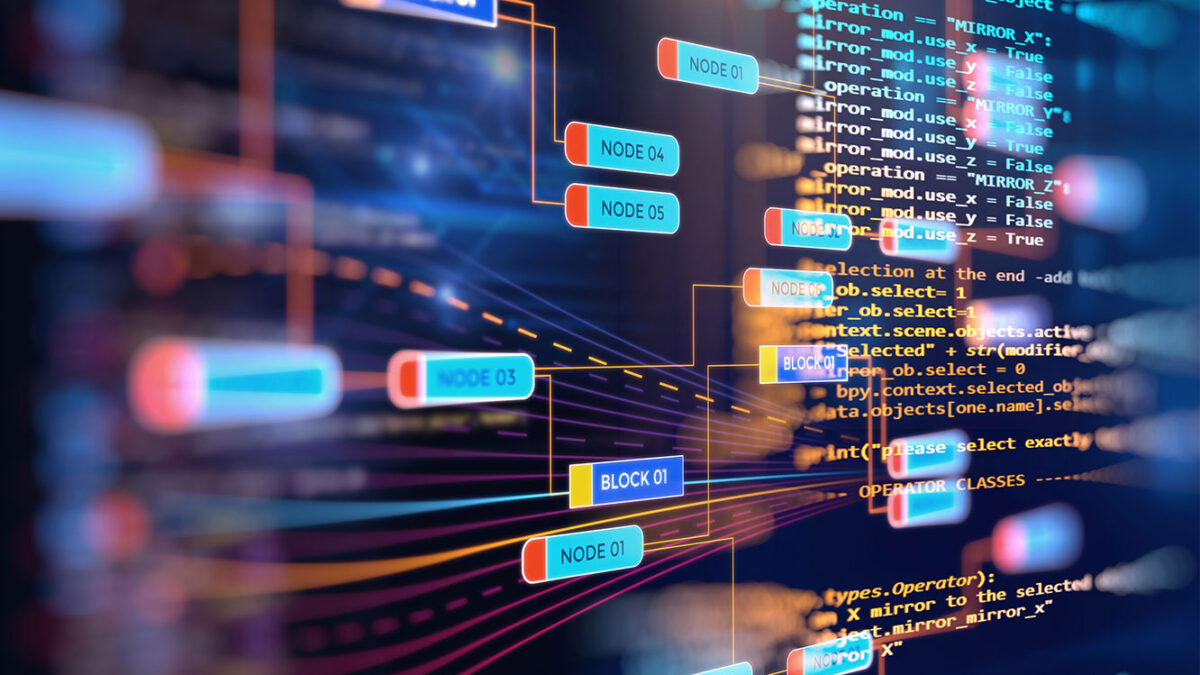Cyber security is the biggest concern across enterprises and organizations adopting cloud, IoT, SaS, applications, AI, and ML to accelerate growth but troubles protecting their IT infrastructure and digital assets.
Nowadays, advanced hackers are implementing conversation hijacking to hack the system and steal money and confidential important data.
SBI Quick, Facebook, Marriot, JustDial, Kudankulam Nuclear Power Plant (KKNPP), and ISRO security incidents show slackness in our defense strategy. Any cybersecurity-related incidents, whatever the cause, can harm not only financially but also impact the brand’s reputation and customer trust. Attacking methods used by cybercriminals are beyond the predictions, and the latest tech advancements are making them more advanced and sophisticated.
Most Cybersecurity incidents occur because of ignorance and overconfidence of security professionals. Study shows that Indian firms are overconfident in their cyber defense strategy.
Based on the Ponemon Institute and IBM Security research, the average data breach cost in 2019 was $3.92 million /breach.
Factors Driving Cyber Security threat landscape
Cybercriminals’ regular advancements and use of a diverse range of attacking methods are like an alarm for enterprises’ cyber security experts. To beat any threats, we have to follow specific guidelines with the help of advanced technology-based solutions. We see that many freelance and independent hackers are involved in the attacks like phishing, breach, and ransomware. Conversely, companies are not following adequate security standards and policies to protect their digital assets. New Cybersecurity threats arise from misinformation and tech evolutions.
How Technology can help enterprises beat cybersecurity-related threats
Artificial intelligence (AI): In recent times, artificial intelligence (AI) has created much traction in the market across segments. It also brings a solution to advance the organization’s cyber security, useful in combating cyber security threats and risks. Enabling two-factor validation for the user’s identity authentication, this parameter provides what you already have in your database based on your knowledge and system intelligence.
Behavioral analysis: Behavioral analysis helps firms to understand users’ activities and sessions, and behavior, this can help to determine security-related threats. The system automatically blocks or notifies the system admin of any suspicious activity.
Technology helps enterprises accelerate their growth, it can help enterprises protect their digital assets and networks.
Companies face unconventional cyber threats like file-less attacks, signature-less attacks, and advanced persistent threats. Companies cannot detect cyber security incidents in real-time, it only detects or gets notification after the completion of attack incidents because cyber criminals place it gradually. Still, by implementing advanced technology like EDR, the system can help enterprises detect evasive attacks by using AI and behavioral intelligence. EDR minimizes analysis entry-level by providing details that afford first-tier analysts deeper detail of the cyber security threats.
Enterprises need to develop cyber security culture at work, by following cyber security policy, you are ensuring a safety framework for the company.


